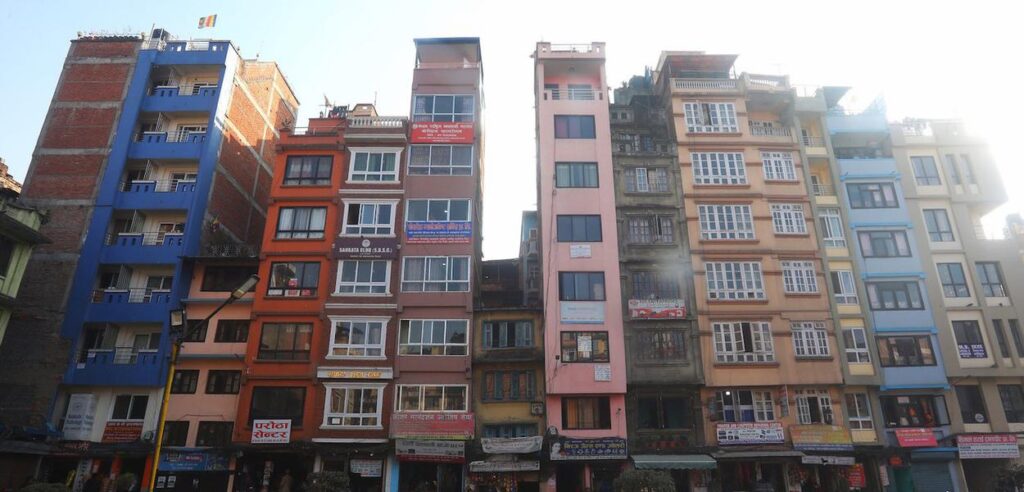
Cost Effective Analysis| RCC vs Steel Building
Conducting a cost-effective analysis of RCC versus steel buildings involves a comprehensive comparison of various factors. This research necessitates a detailed examination of material costs, considering fluctuations in steel and concrete prices. Labor expenses, including skilled workforce availability and wages, must be meticulously evaluated. Additionally, construction timelines, transportation logistics, and potential equipment requirements for both building types need to be factored in. A thorough analysis should also encompass the long-term costs associated with maintenance, durability, and energy efficiency of each structure. By meticulously comparing these elements, researchers can identify the most cost-effective building option for specific project parameters.
Pre-Earthquake Vulnerability Assessment of Residential Buildings in Nepal
Nepal is a seismically active country that has experienced several devastating earthquakes in its history. The most recent ones were the 2015 Gorkha earthquake and the 2021 Jajarkot earthquake, which caused significant damage and loss of life. One of the main factors that contributed to the high vulnerability of residential buildings in Nepal was the lack of proper seismic design and construction practices. Therefore, it is essential to conduct a pre-earthquake vulnerability assessment of residential buildings in Nepal to identify the most vulnerable structures and to propose mitigation measures to reduce the risk of future earthquakes.
This working paper will presents a methodology for conducting a pre-earthquake vulnerability assessment of residential buildings in Nepal, based on the following steps: (1) selection of representative building typologies, (2) collection of relevant data on structural characteristics, materials, and occupancy, (3) development of fragility curves for each building typology, (4) estimation of seismic hazard at different locations in Nepal, and (5) calculation of expected damage and loss for each building typology under different earthquake scenarios.
The results of this study can provide useful information for decision-makers, engineers, and homeowners to improve the seismic resilience of residential buildings in Nepal.


Food Waste Management
Food waste presents a significant challenge to sustainability and food security. This study explores various strategies to mitigate food waste and promote a more circular economy. Key strategies are:
Circular Economy Models: Partnerships between peri-urban piggeries and food service sectors offer successful models for reusing food waste as animal feed.
Value-Added Products: Upcycling food waste into high-quality products like ice cream can increase its economic value and promote sustainability.
Consumer Behavior: Education and awareness campaigns are crucial for influencing consumer attitudes and behaviors towards food waste reduction.
Technological Solutions: Mobile applications and artificial intelligence can enhance food waste management and tracking.
Policy and Governance: Implementing legal and strategic frameworks can support food waste prevention and reduction efforts.